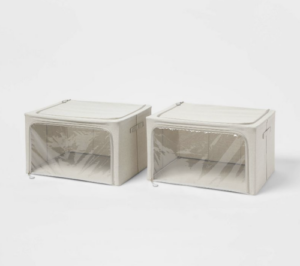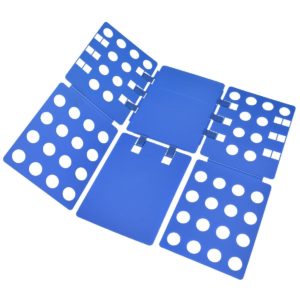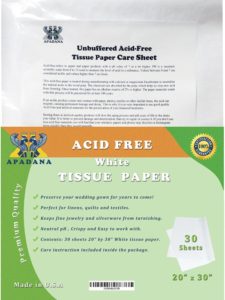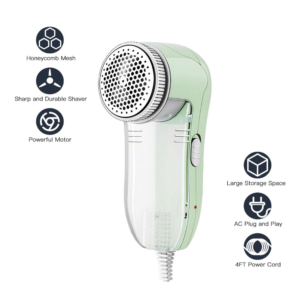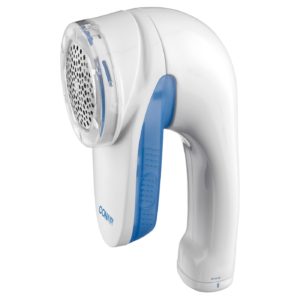Building Beautiful Wardrobes That Make You Shine

Hollywood Stylist Erin Ross teaches you how!
Keep It Cozy: How to Properly Care For Your Sweaters

You’ve invested a lot of thought, time, and money into your wardrobe. Therefore, you owe it to yourself to care for it properly so it will look fresh and new year after year.
One of the first items in your closet to show wear will be your sweaters. But maintenance can be easy if you know what to do and have the right tools.
Laundering Sweaters
I’m not going to make your head spin by going into all the details of laundering sweaters here. There are A LOT of them!
The main thing is: wash as rarely as possible and follow the directions on the tag when you do. Take “Dry Clean Only” seriously when it comes to sweaters. Otherwise, after hitting water, some of your oversized favorites won’t be big enough to fit your toddler.
For step by step hand washing, I’ll refer you to the one and only Martha Stewart, who shows you how to safely hand wash knitwear in this video.
As for machine washing (rarely recommended), Jolie Kerr wrote an entertaining and thorough article on the subject for Esquire here.
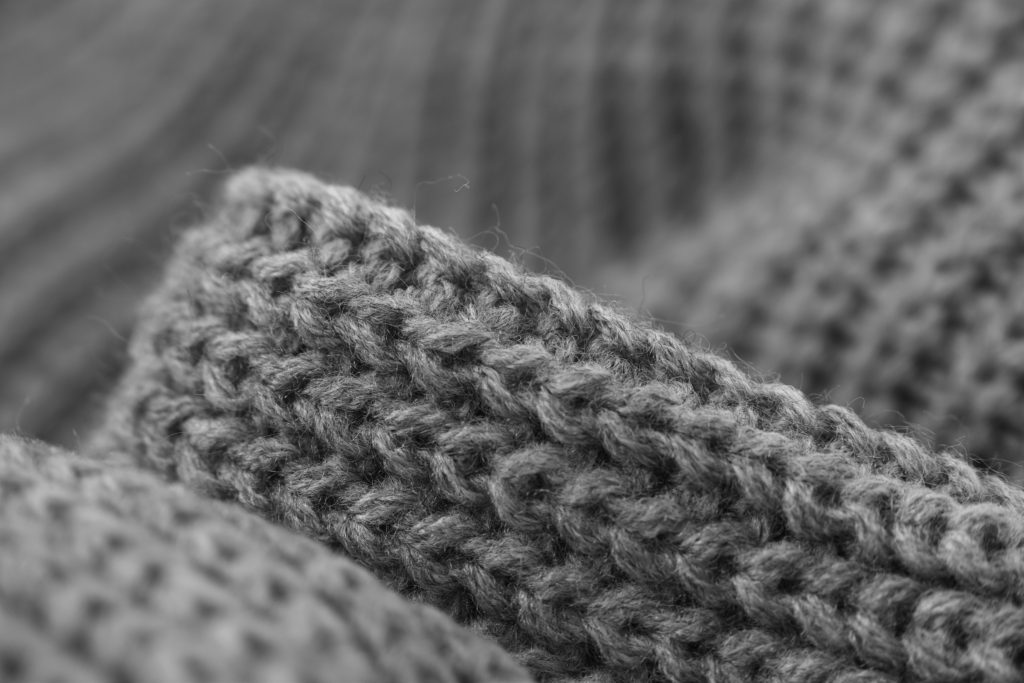
Note: Clicking on the product links below takes you right to them. When making a purchase through these links, a commission is potentially earned by WWTNT at no extra fee to you. But don’t worry, I only feature products that I truly value for my readers.
Storing Knitwear
It’s important to store your sweaters and other knits properly. You MUST make certain everything you intend to store is clean, otherwise, you’re inviting unwanted dinner guests. More about that ickiness soon.
Sweaters made of natural fibers, like wool or cashmere, are best folded with acid-free tissue and kept in lidded plastic bins during the offseason only. Longer storage may require porous bins so fabrics can breathe.
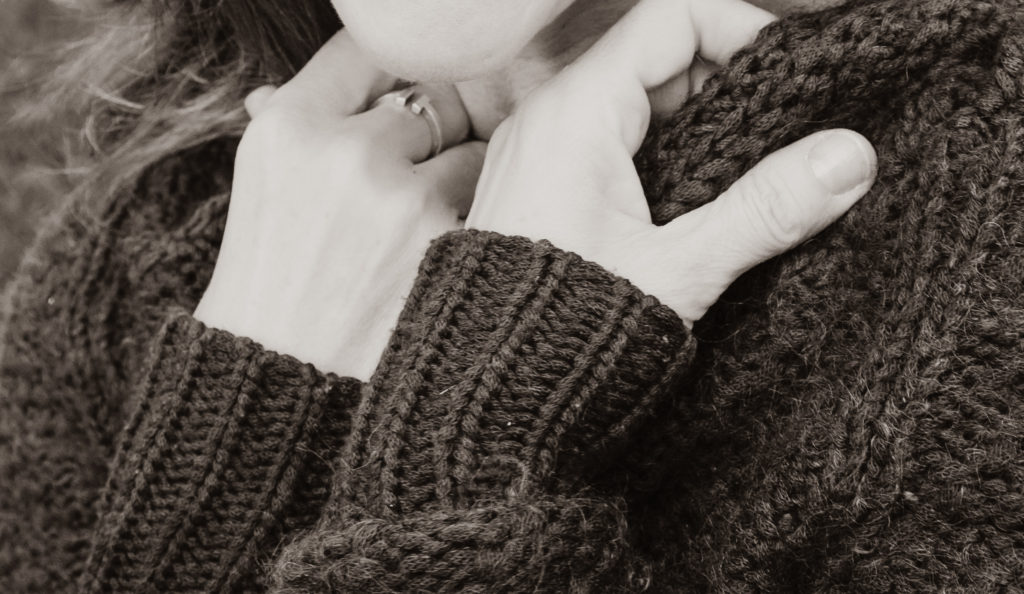
photo by Jessica Ryan
After hibernation, bulky and heavy sweaters can be transferred to drawers or shelves. They don’t hang well because their weight stretches them out. This includes heavy cardigan jackets. They also keep their shape better when folded.
Thin sweaters and slinky knits (like silk or acrylic) can be hung, but not the way you hang everything else. You’ll end up with shoulder nipples!
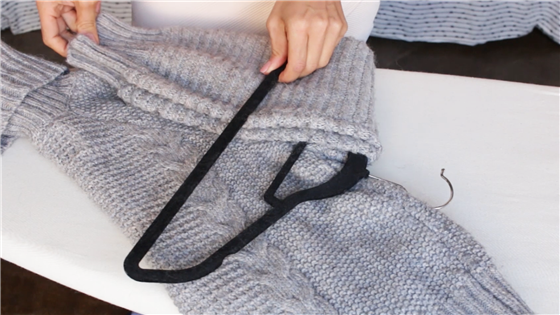
Instead, they can be folded in half lengthwise, and then draped over the neck of a felt hanger. The hanger hook lays in the armpit of the garment and both the waist and sleeves drape over either side of the hanger’s shoulders, tucking behind the straight bar to hold firmly in place. This is the trick many Hollywood stylists use to keep knitwear both wrinkle and nipple-free.
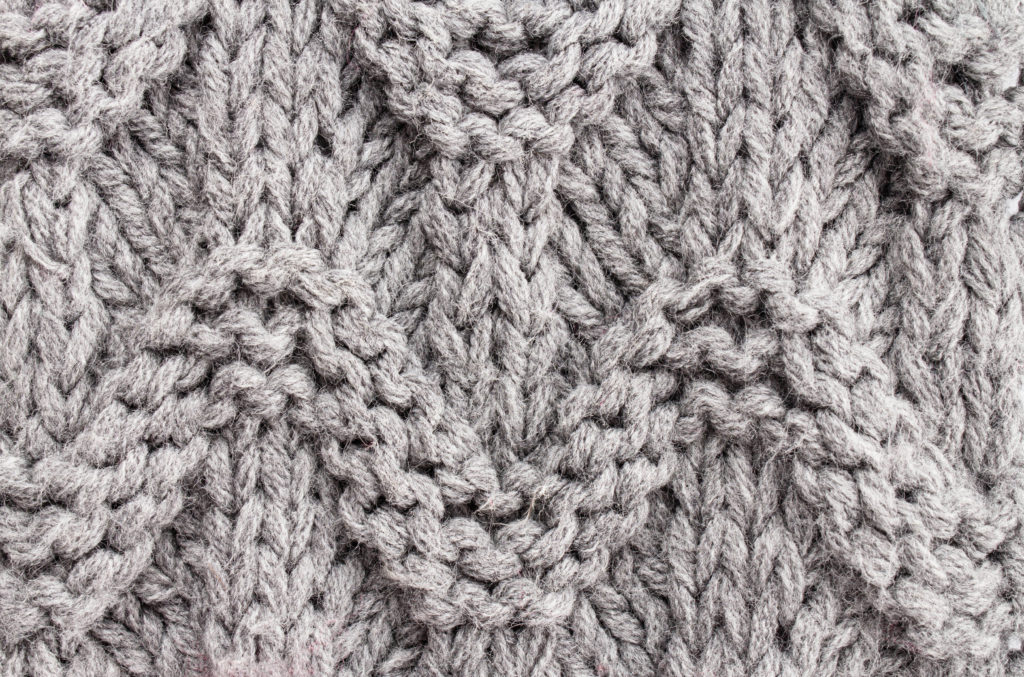
Moths and More
I prefer to keep cashmere sweaters in drawers for added protection against little critters looking for a meal. In fact, I keep some of them in sealed plastic bags for the season’s duration.
I don’t recommend mothballs because of their overwhelming odor. Cedar is fairly effective, but only when you sand it often enough to release its scent. A drop of lavender oil mixed into your hand washing or lavender sachets can also act as a deterrent.
Again, I refer you to the one and only Martha Stewart for more information on this icky subject.

Snags and Pulls
As for snags and pulls, never cut them! You’ll undoubtedly make a hole.
Instead, do what our Giorgio Armani seamstresses taught me: turn the sweater inside out. Use a straight pin or crochet needle (even a chopstick works for chunky sweaters!) to gently push or pull the stray back into place. Pull it through toward you and tie it in a knot if possible. Right side out, you won’t see a thing!

Pilling
Pilling (the little fabric balls that form from friction) is inevitable. A beautifully smooth knit can look like an old, ratty sweater in no time if you don’t maintain it. Luckily, a sweater shaver makes that an easy chore.
This electric, handheld tool has a fine razor behind a protective guard that quickly cuts unwanted fuzz as you glide it along the fabric. The fuzzies are gathered into a removable chamber for easy clean up.
There is a risk of pushing too hard and cutting into the fabric if it is bunched up, so keep the fabric laying flat against a surface and use gentle pressure.
I like to use a sweater shaver with a cord as opposed to one that’s battery powered (they just don’t have enough energy).
Another option is a fuzz removing comb or a sweater stone. Moving either of these gently over the fabric removes unwanted lint and pilling. There is more cleanup involved, but less chance of damaging a favorite item.
![]()
Your Arsenal
Here are some of my preferred tools of the trade for taking care of your sweaters:
- Onlyeasy Under Bed Shoe Organizer
- Set of 2 Zipper Fabric Storage Cubes
- Laundrytime Adjustable Folding Board
- Acid Free Tissue Paper
- Allisable Electric Fabric Shaver
- Conair Fabric Shaver

photo by Olena Bloshchynska
Taking good care of your sweaters is part of owning them. Most are made to last and with proper maintenance they will be ready to serve at the first cool breeze.
You’ll learn how to care for and store the rest of your wardrobe in my Master Class The Right Way to Edit Your Closet (A Stylist’s Step-by-Step Guide To a Streamlined Wardrobe),.
But that’s just one of the many things you’ll learn. I’ll teach you how to edit your closet like a pro! You’ll learn new outfit formulas, create your own LookBook, closet organization, and so much more!
CLICK HERE TO SEE ALL YOU’LL LEARN!
This Master Class is the second in my 3 Class Series that teaches you how to build a beautiful wardrobe that fills you with confidence and makes you SHINE! CLICK HERE TO LEARN MORE!
Until then,
Erin
A Thanks for Visiting Gift!
This FREE video lesson gives you the Top 3 Questions professional stylists ask when building winning wardrobes.
Watch this before buying anything else!
You May Also Like
Become a VIP!
Every month, I email my VIP's my exclusive clothing & accessory recommendations, stylist tips, industry insights and resources to help you reach your style goals!



